After facing widespread political condemnation, the Metropolitan Police has defended its handling of the Clapham Common vigil on public health grounds. Assistant Commissioner Helen Ball said that ‘Police must act for people’s safety, this is the only responsible thing to do. The pandemic is not over and gatherings of people from right across London and beyond, are still not safe.’ Putting aside the varying behaviour of the police at proests during the pandemic, it’s worth looking a bit more at her reasons.
‘Around 6pm, more people began to gather close to the bandstand within the Common. Some started to make speeches from the bandstand. These speeches then attracted more people to gather closer together. At this point, officers on the ground were faced with a very difficult decision. Hundreds of people were packed tightly together, posing a very real risk of easily transmitting Covid-19.’
Cressida Dick, Met Commissioner, has this to say earlier today: “Quite rightly – as far as I can see – my team felt that this is now an unlawful gathering which poses a considerable risk to people’s health.”
So were those at Clapham Common being irresponsible and posing a “considerable risk” to public health? Let’s look at what the data – and the scientists – say.
Just last week Sir Patrick Vallance, the Chief Scientific Adviser, told MPs that risks from outdoor transmission are very small: ‘It’s difficult to see how outdoor gatherings lead to spikes.’ Back in July, he said the Black Lives Matter protests had not been followed by any virus surge. ‘We see that from some of the demonstrations that have taken place over the last couple of months,’ he said, ‘so far, we have not seen an uptick in cases.’ As with many demonstrations that took place this summer, most of the attendees at the Clapham vigil appeared to be wearing masks as well: which should have inhibited the spread of Covid.
Then we get to the prevalence of the virus in the capital at the moment. As things stand, cases in London have fallen to 96 per cent lower than they were when the third lockdown was ordered. Which suggests that holding a candlelit vigil might not be the biggest risk.
The above figures show 500 daily cases in London, a city of 9 million souls. This is not a high ratio. Another factor is how many calls to 111 are made in London citing Covid-symptoms: this was an early indicator of the second wave. As the below graph shows, such calls are now back to summer levels: again, suggesting that an outside vigil poses a minimal public health risk.
Apart from anything else, tens of thousands of Londoners live in Covid not-spots where there are almost no cases of the virus detected:
Even if you ignore the fact that the women involved were unlikely to catch or spread the disease outdoors, and were not really at risk themselves, the risks to others are much lower now as well. In London, 82 per cent of the over 60s – those most at risk – have now been vaccinated. In other words, even if the virus did manage to take hold at Clapham, its effects would be far less than when lockdown was ordered.
The Met can argue that its officers were obeying the instructions from 10 Downing Street, which has decided to criminalise outdoor vigils. This is a coherent defence: in January the police arrested 16 people in Clapham Common who were protesting against lockdown. They will have felt exposed to criticism that they were cracking down on some protests but not others: the law, as it stands, criminalises any outside protest. That’s why criticism of the police disrupting a vigil in the first place ought to be directed at the Prime Minister whose idea this is.
Did those on the Clapham Vigil act illegally? Perhaps. But as Lord Sumption, the former Supreme Court justice said recently, ‘some laws invite breach.’ But on the twice-stated evidence of Sir Patrick Vallance and the medical data for London as a whole it is hard to argue that those who came to pay their respects to Sarah Everard posed a meaningful risk to public health.
Got something to add? Join the discussion and comment below.
Get 10 issues for just $10
Subscribe to The Spectator Australia today for the next 10 magazine issues, plus full online access, for just $10.


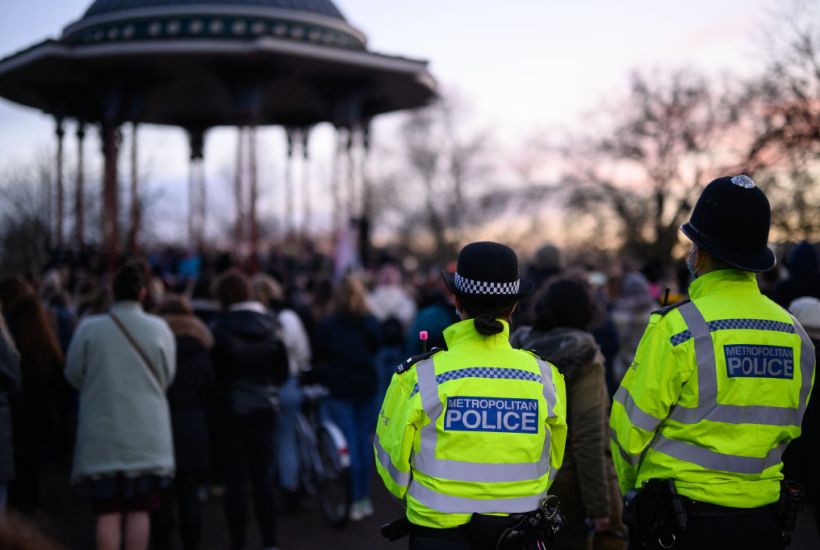
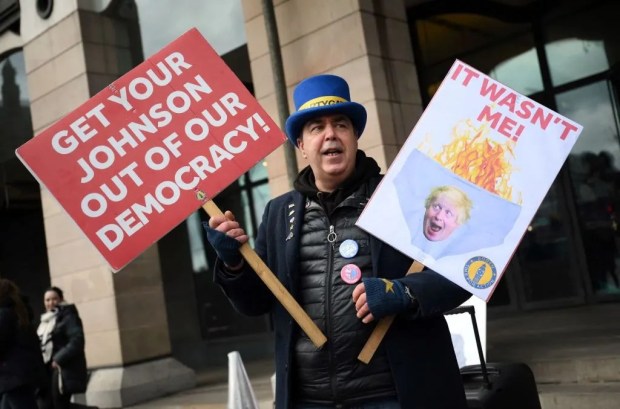
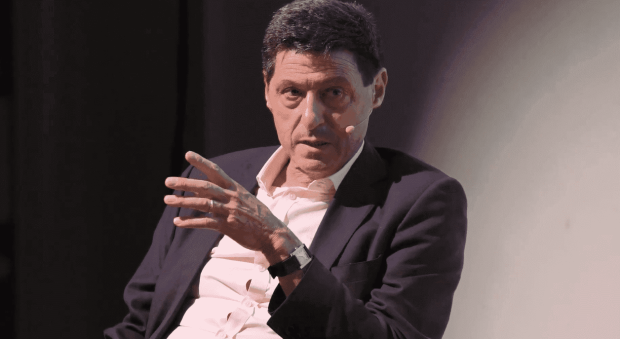
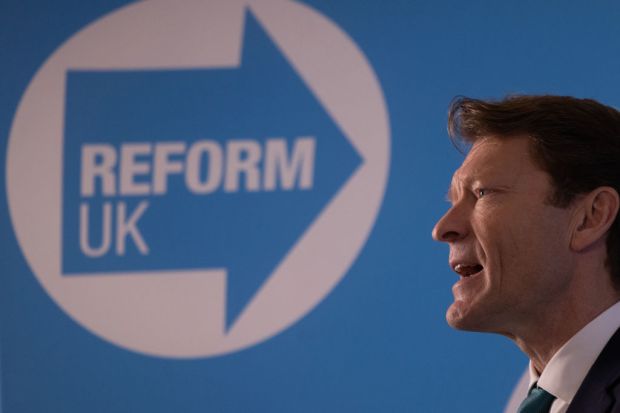
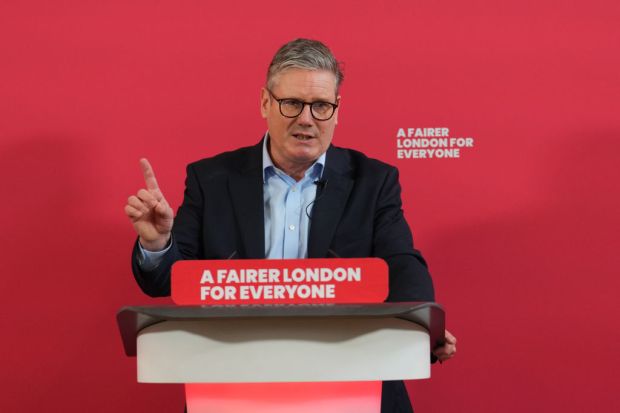

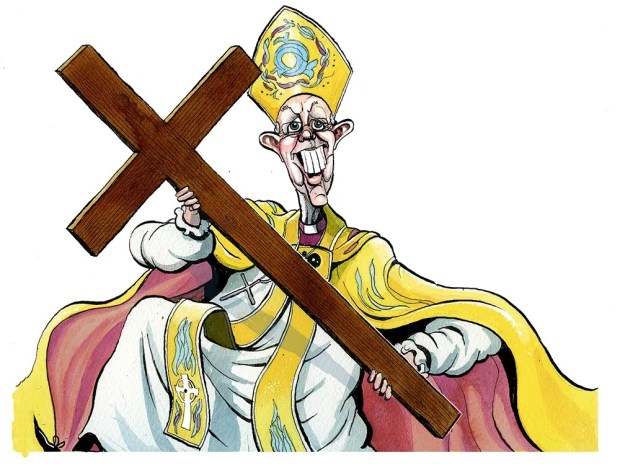












Comments
Don't miss out
Join the conversation with other Spectator Australia readers. Subscribe to leave a comment.
SUBSCRIBEAlready a subscriber? Log in